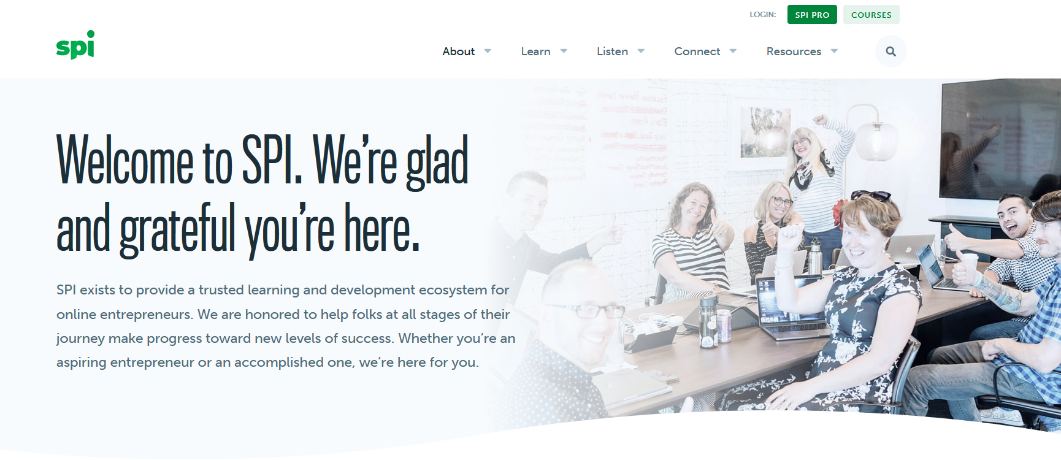

For example, describing a demographic of entry-level software developers is less restrictive than describing one of young entry level software developers who live in cities. Be careful to not be too restrictive in describing the demographic, as this can deter potential customers. Doing so helps visitors understand if the organization is able to help them or if they require alternative products or services. This is a key step in describing the brand's key demographic to make sure that the company reaches its core customers. Customer stories and social media pages can also be helpful links to include to give visitors a broader context for the brand's presence. If you don't have any award icons you can place, you can include links to press coverage or favourable articles about the business. This can have a positive effect on the perception a visitor has of the brand. The About page is a useful place to share any awards or achievements the company has earned in its lifetime.

Share customer stories, media coverage, and awards Related: 9 Steps for Building a Personal Brand (With Skills) 3. This means that the reader can easily learn the key points of the company's story without losing interest. In this part, it's wise to focus only on the defining milestones the business has achieved, and avoid including fluff or irrelevant information. This section can be as short as a sentence or two, or as long as a paragraph. Even small and young businesses, or those which haven't yet experienced many changes, can benefit from sharing their story with the public. Sharing the business's history provides an insight for visitors into where it began, how far it's come, and the people who made it succeed. This mission statement can leave a customer with the key points you want them to remember about what the company tries to achieve. You can explain in this statement what the organization aims to achieve and relate to any interest the visitor may have. A good mission statement is succinct and states the company's goals at the beginning of the About page. Including a sincere mission statement is a highly effective way to show the brand's values in a straightforward way.
Best about us pages series#
Tells the company story in a compelling and relatable wayĬonveys information while remaining succinctīelow are a series of steps you can take to create an effective, compelling, and engaging About page: 1. Provides the company's mission statement, values, or goals Includes links to the company blog or other useful marketing tools

An effective About page may accomplish the following: To be an asset to the brand, an About page performs a set of functions or has certain qualities which allow it to resonate with visitors. Related: What Is a Company Profile? (With Tips to Write One) The objectives of a good About Us pageĮven if all About pages had identical content, this doesn't guarantee that it's effective. Anybody who wishes to understand a brand quickly can do so through a quick visit to a brand's About page. An About page offers an insight into the people who make a business what it is, and its unique qualities, values, and goals. The overall goal of an About page is to highlight the most attractive and important elements of the brand for existing and potential customers. What is an About Us page?Īn About Us page is a page on an organization's website which communicates to visitors who the company is and what makes it distinct. In this article, we explain what an About Us page is, explain a good page's objectives, provide steps for designing one, and offer tips for making an About page effective. Understanding the components of effective about pages is key to creating one which gives the company a strong introduction and intrigues visitors. One of the best ways to engage, inform, and endear new customers and clients on the company's website is to use an About page to welcome them to the brand.

When creating a website for a company, one of the essential components for communicating the fundamentals of a brand is the About Us page.


 0 kommentar(er)
0 kommentar(er)
